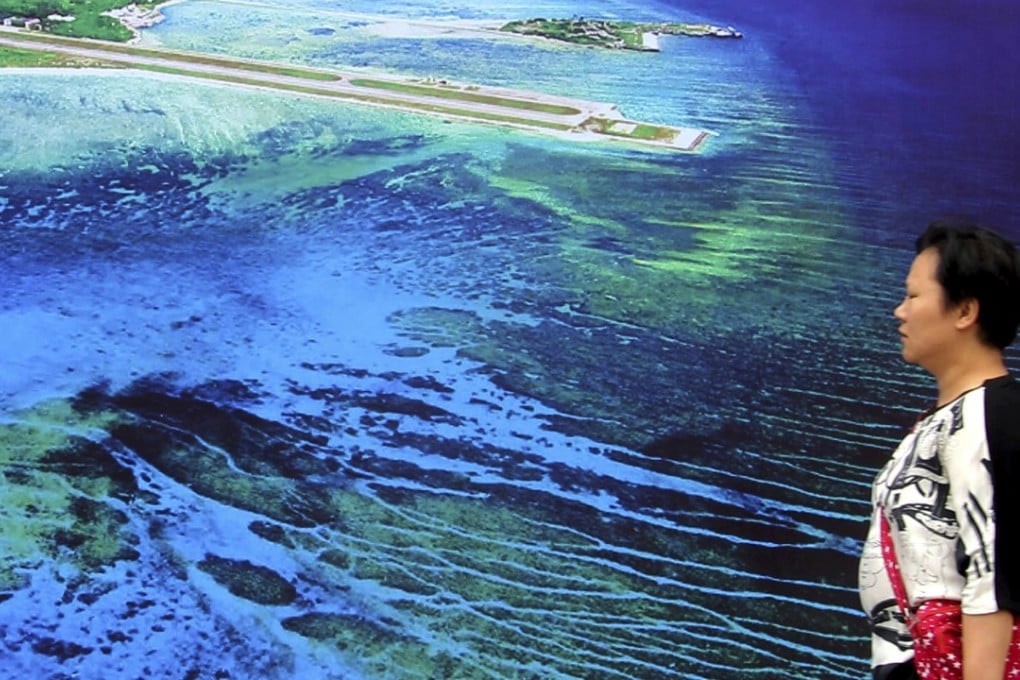China unveils satellite network plan for round-the-clock lock on South China Sea
Launches to strengthen Beijing’s hold on contested waters as it quietly presses on with build-up on artificial islands, observers say

China plans to send up 10 more satellites from the southern island of Hainan over the next three years to plug surveillance gaps over the South China Sea, a move observers say is meant to consolidate Beijing’s control of the contested waters.
When completed, the satellite network would be able to monitor the South China Sea around the clock and analyse every object in the waters in detail, including the structure of vessels, Hainan Daily quoted Li Xiaoming, from the Sanya Institute of Remote Sensing and Digital Earth, as saying.
The plan surfaced on Friday after a US think tank released satellite images showing what it said was more Chinese infrastructure built on seven artificial South China Sea islands.
According to state-run Xinhua, China will launch the satellites, including more sophisticated “hyperspectral” and “synthetic aperture radar” satellites, by 2021 to conduct round-the-clock remote-sensing over the busy waterway.
Collin Koh, a maritime security specialist at Singapore’s Nanyang Technological University, said various technical and climatic factors prevented China’s existing satellite system from giving complete coverage of the disputed waters.